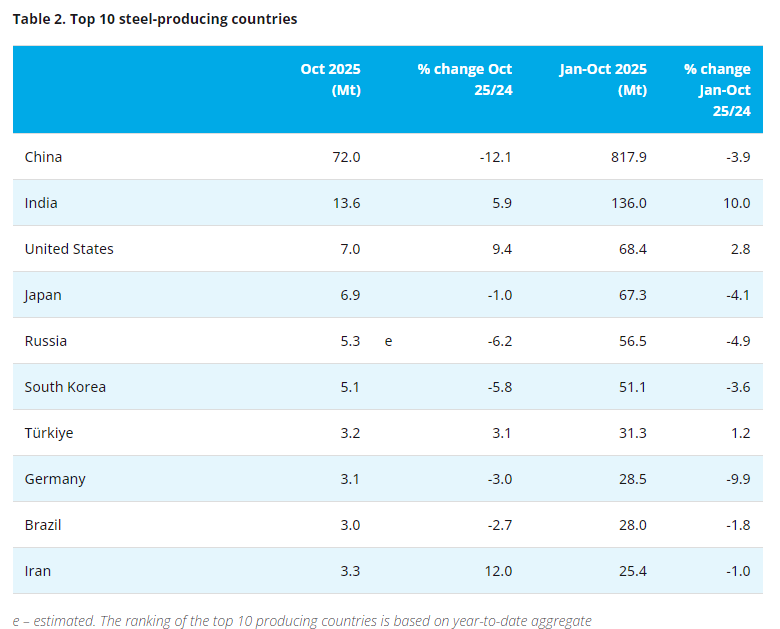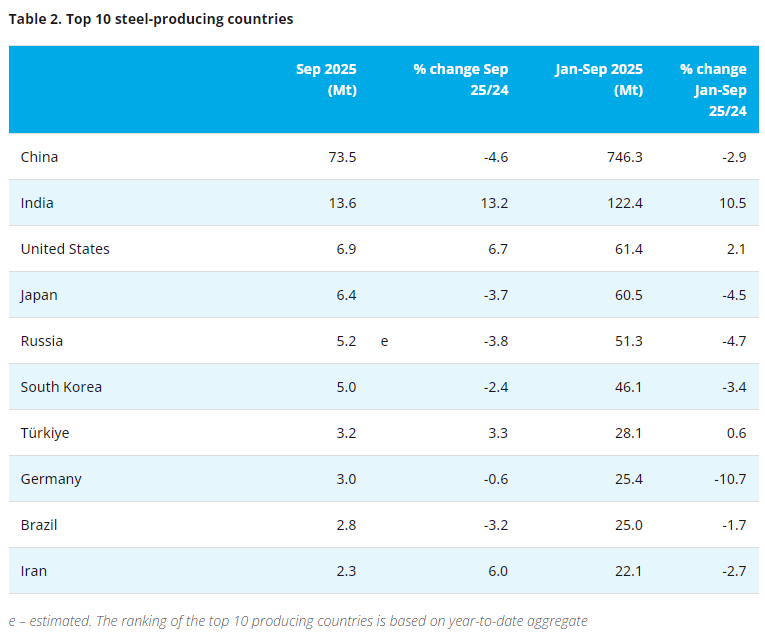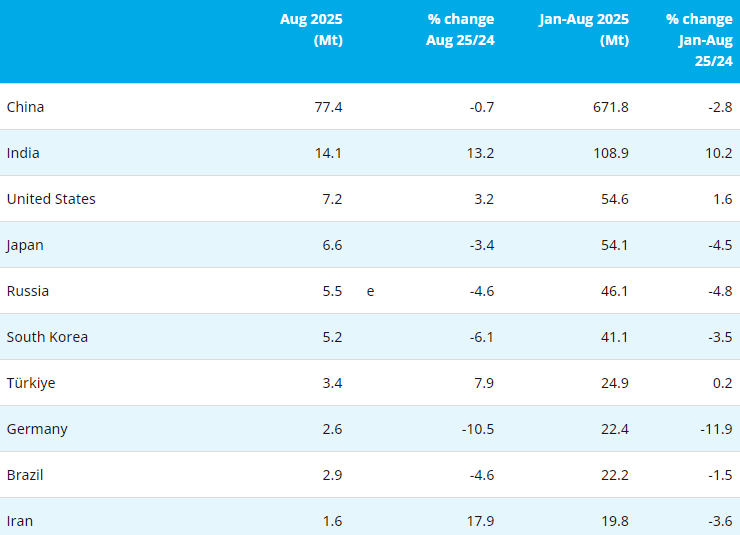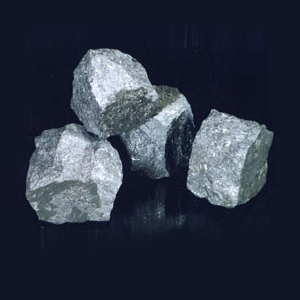Ferro-alloys.com:The Latin American Iron and Steel Association stated that in the context of the pandemic, the steel industry has played a fundamental role in the recovery of Latin America. It has demonstrated flexibility in operations and focused on meeting local needs. Last November, Latin American crude steel production totaled 5.29 million tons. This month was recorded as the best month of 2020 for all countries in the region, especially Brazil taking the lead to recover. Driven by the restart of Brazilian equipment, the crude steel output of blast furnaces in the region reached 2.76 million tons, an increase of 8.4% from October, while the output of electric arc furnace crude steel reached 2.53 million tons, which remained stable month-on-month.
In the same month, the total output of seamless pipes in Latin America was 821 million tons, an increase of 9.7% month-on-month, mainly driven by activities in the oil and gas industry.
According to a statement from the Latin American Steel Association, the steel industry in Latin America is focused on meeting local needs. In October, Latin American countries’ steel exports totaled 586,000 tons, a year-on-year decrease of 30.3%. Compared with September, steel imports from these countries increased by 10.8%. Steel imports accounted for 28% of consumption in October. The cumulative deficit from January to October decreased by 17.2% compared with the same period in 2019, a significant decline. With the steel trade deficit under control, regional consumption can grow again. In October, the apparent consumption of rolled products in the region was 5.4 million tons, the best of the year.
The Latin American Iron and Steel Association stated that due to China's relative weight in raw material production, demand and trade, China is still an important reference for the current steel industry nodes. According to world steel statistics, compared with the same period in 2019, China's steel production in November increased by 8% year-on-year, and from January to October last year it increased by 5.5% year-on-year. China's iron ore imports (especially from Brazil) continue to increase, pushing up input prices.
The Latin American Iron and Steel Association stated that China's growing investment in Latin American countries is a worrying issue. "This process has led to greater dependence, which may become a risk factor because of their business practices, state-owned enterprises, de-industrialization and unemployment. The phase of regionalization and value chain disintegration worldwide, plus the Sino-US trade war The increase in the number of countries in the region provides an opportunity for countries in the region to attract enterprises seeking resettlement affected by this. In order to achieve this goal, Latin America needs to create conditions, such as access to technology, infrastructure, simplified administration, high-quality technical education, and institutions. The certainty and respect for the rule of law,” said Francisco Lehr, Director-General of the Latin American Iron and Steel Association.
Source: steelorbis
- [Editor:zhaozihao]



 Save
Save Print
Print Daily News
Daily News Research
Research Magazine
Magazine Company Database
Company Database Customized Database
Customized Database Conferences
Conferences Advertisement
Advertisement Trade
Trade

















Tell Us What You Think